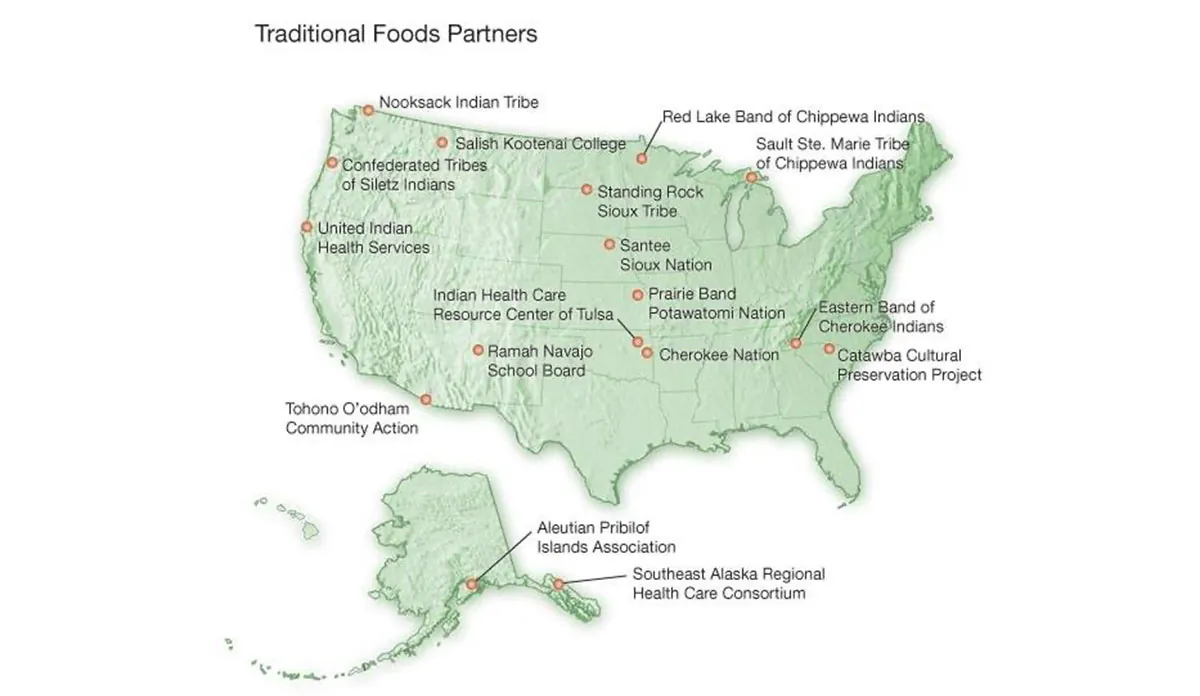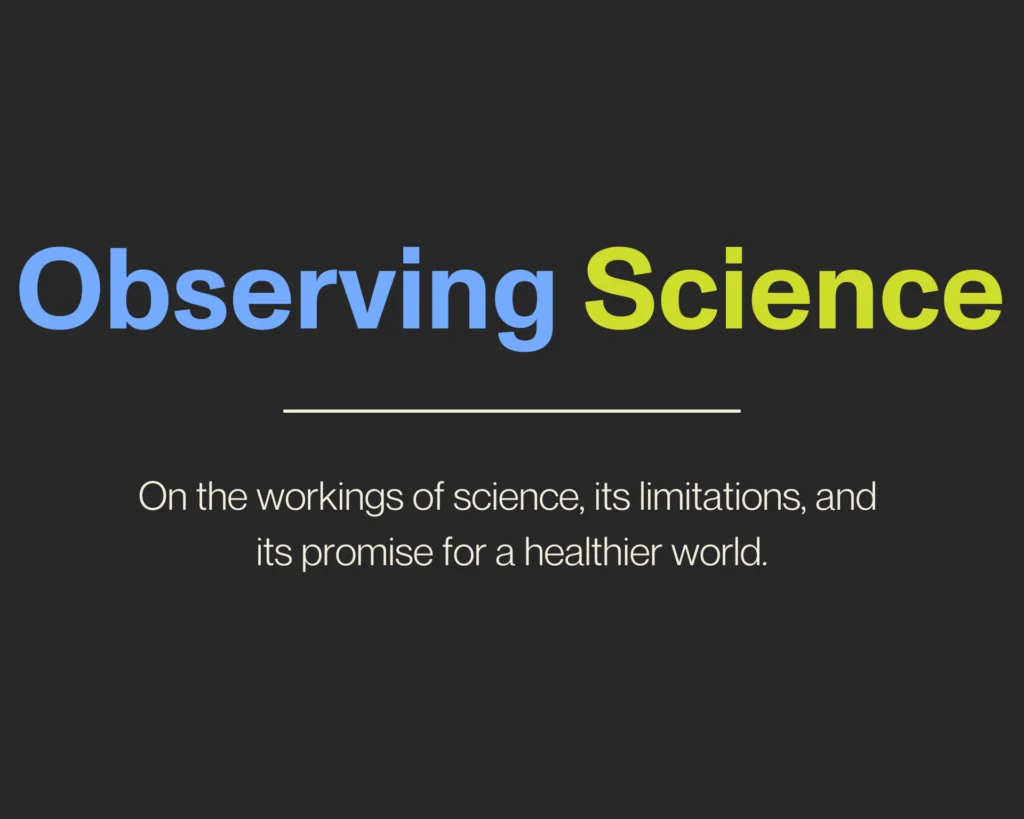Food Sovereignty
The Native Diabetes Wellness Program’s Traditional Foods Project was created to increase access to traditional food through gardens, health fairs, storytelling, and traditional games.

Read Time: 4 minutes
Published:
Rates of type 2 diabetes in the United States increased 60 fold over the last 60 years. Diabetes is twice as high in American Indian and Native Alaskan (AI/AN) populations compared to non-Hispanic whites. For AI/AN adolescents, it is 10 times greater. Food insecurity is one factor contributing to type 2 diabetes. AI/AN children are twice as likely to be food insecure than other ethnic groups, leading individuals to eat cheap, processed foods. Additionally, Federal food distribution programs provide foods that are high in salt and fat. These foods represent the colonized diet made-up of white bread, sugar, and canned meats. The result is, too often, type 2 diabetes.
One solution: food sovereignty. Food sovereignty is the right of people to dictate policies and strategies for food production, distribution, and consumption that is sustainable, equitable, and culturally aware. The Indigenous food sovereignty movement has grown over the last 10 years. Its goal is to regain access to land and traditional foods lost through colonization and the atrocities perpetrated against Native populations. Food sovereignty is directly tied to health through the reintroduction of traditional foods including wild meat, fish, nuts, fruits, squash, corn, and beans that are unprocessed and nutrient dense.
Seventeen Tribal Nations, as part of the Native Diabetes Wellness Program’s Traditional Foods Project (TFP), created programs to increase access to traditional food. Strategies included gardens, health fairs, storytelling, and traditional games. Tribal programs combined components of healthy eating, physical exercise, and health education to decrease rates of type 2 diabetes.
TFP communities collected data every six-months between 2008 and 2014. By the end of the intervention, TFP partners created 415 gardens totaling to 28.4 acres. Two-thirds of partners reported healthy food options at worksites, stores, and restaurants. TFP also lead to policy changes such as banning sales of sugary drinks and candy at afterschool programs and the addition of physical activity to school curriculums. Individuals reported increases in rates of physical activity, healthy food choices, weight loss, and social support.
Local communities that incorporated their own cultures and history had the strongest programs.
Local communities that incorporated their own cultures and history had the strongest programs. For example, Tohono O’odham Community Action, of the Tohono O’odham Nation in southern Arizona, created two farms, an art gallery, and a native foods café. They have published a food traditions book that incorporates oral history with recipes and now run a national magazine called Native Foodways. The program successfully landed traditional food on the lunch menu at the local public school.
The Ramah Navajo Community incorporated an “honor walk” into their program that educates the community about the Navajo Long Walk, the forced removal of Navajo People by the US government in 1864, while creating opportunities for sustainable exercise and social support. And the Standing Rock Sioux Tribe incorporated 106 educational events that reached 3,534 individuals including 61 farmers market days. They also created a successful food voucher program that provides fresh produce to the elderly.
The benefits of the program went beyond expanding food access and preventing type 2 diabetes. Partners noted the importance of fostering intergenerational knowledge, creating a local food economy, and promoting self-sufficiency and cultural preservation within Tribes. Auxiliary benefits included seed saving efforts, water conservation, and improved soil quality.
After TFP ended, 11 out of 17 Tribes continued their traditional foods programming. As Cissimarie Juan of the Tohono O’odham Nation says, “good food is power”.
Boston, Massachusetts sits on Massachusett Land – not only was Tribal land taken but so was the name. To learn more about the Indigenous food sovereignty movement or to find recipes with Indigenous ingredients check out these resources: Indigikitchen, Mariah Gladstone TED Talk, Native American Journalists Association, Native American Food Sovereignty Alliance, and the Indigenous Food Systems Network.
Image via https://www.cdc.gov/diabetes/ndwp/traditional-foods/program-map.html


